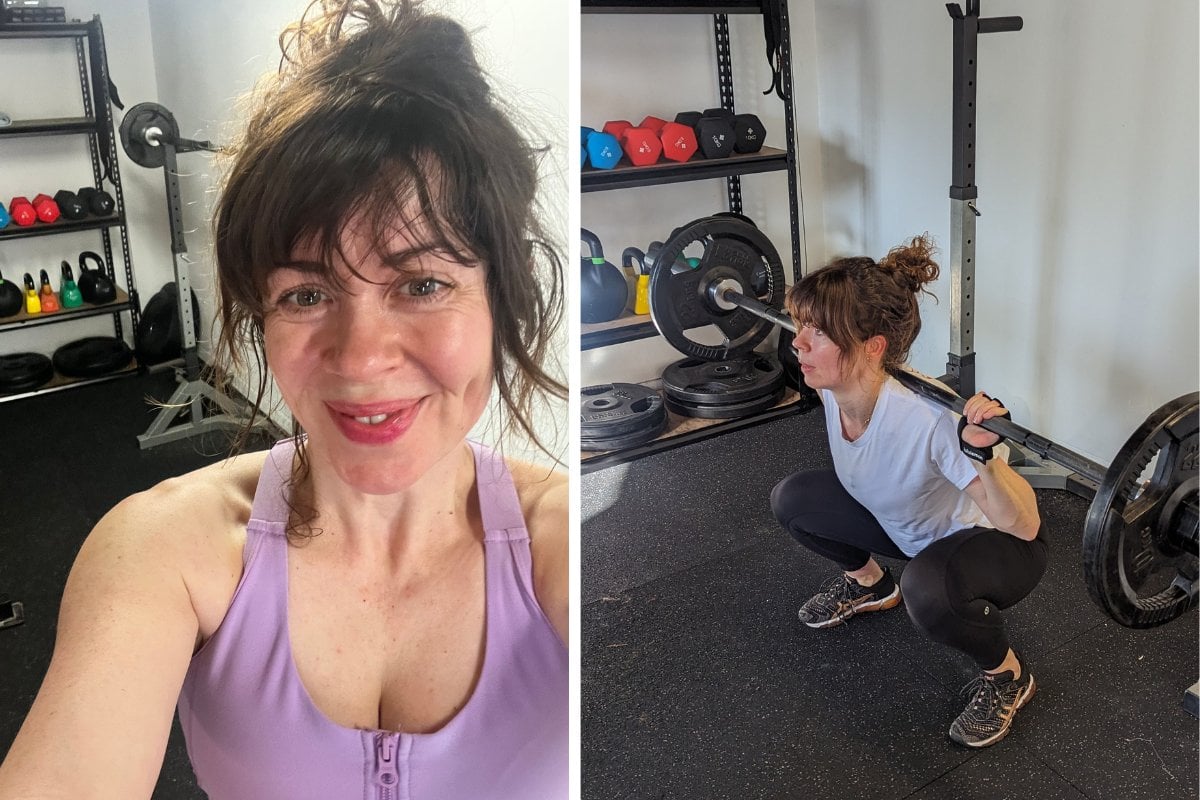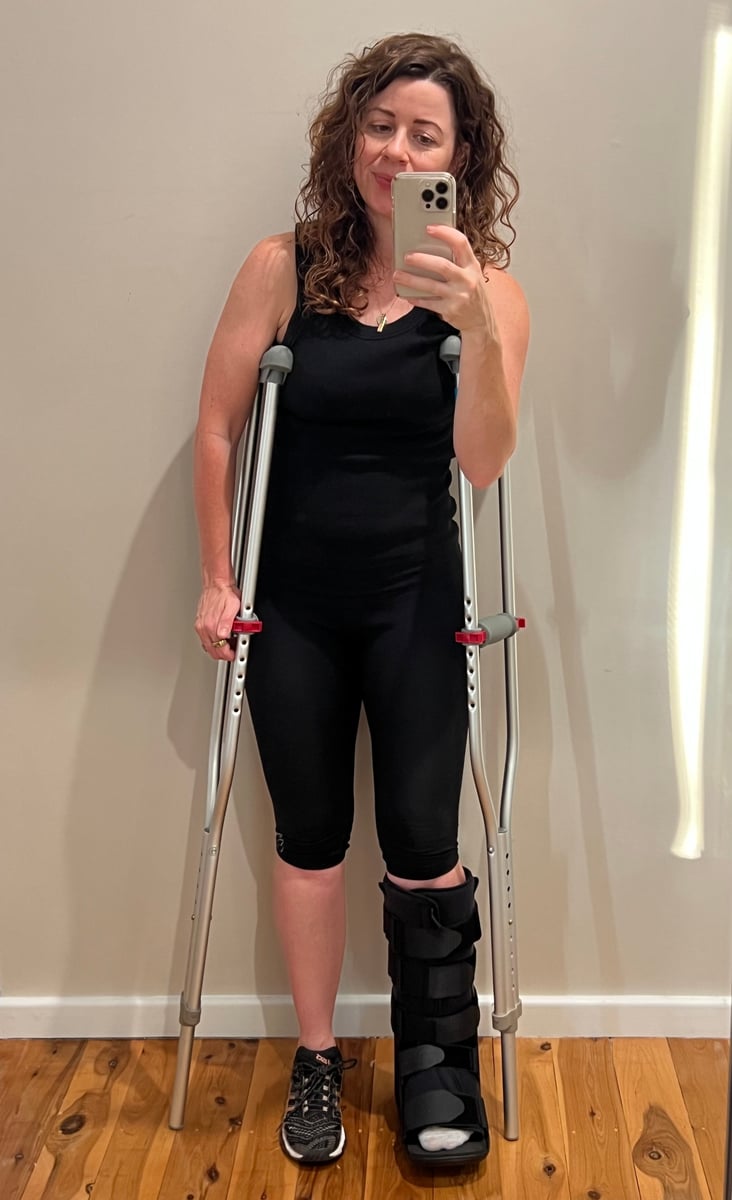
There’s no denying that as we get older, our bodies don’t bounce back like they used to.
Take me, for example. I’m 41 and in the first half of this year, I suffered a Grade 2 (pushing a 3) calf tear. It happened in a dance class, something I’d gotten back into earlier in the year because it brings me so much joy.
There I was, bouncing around to Doja Cat’s 'Boss Bitch', having the time of my life, right until I very much wasn’t.
As I hobbled out of the class with shooting pain surging through my right calf, I had to admit that I felt anything but a boss bitch. I had taken a sharp turn into sad hag territory – not exactly the vibe I was going for, but I digress.
The next three months involved a moon boot, crutches and a hell of a lot of physio.
 Emily and the moonboot. Image: Supplied.
Emily and the moonboot. Image: Supplied.
Top Comments